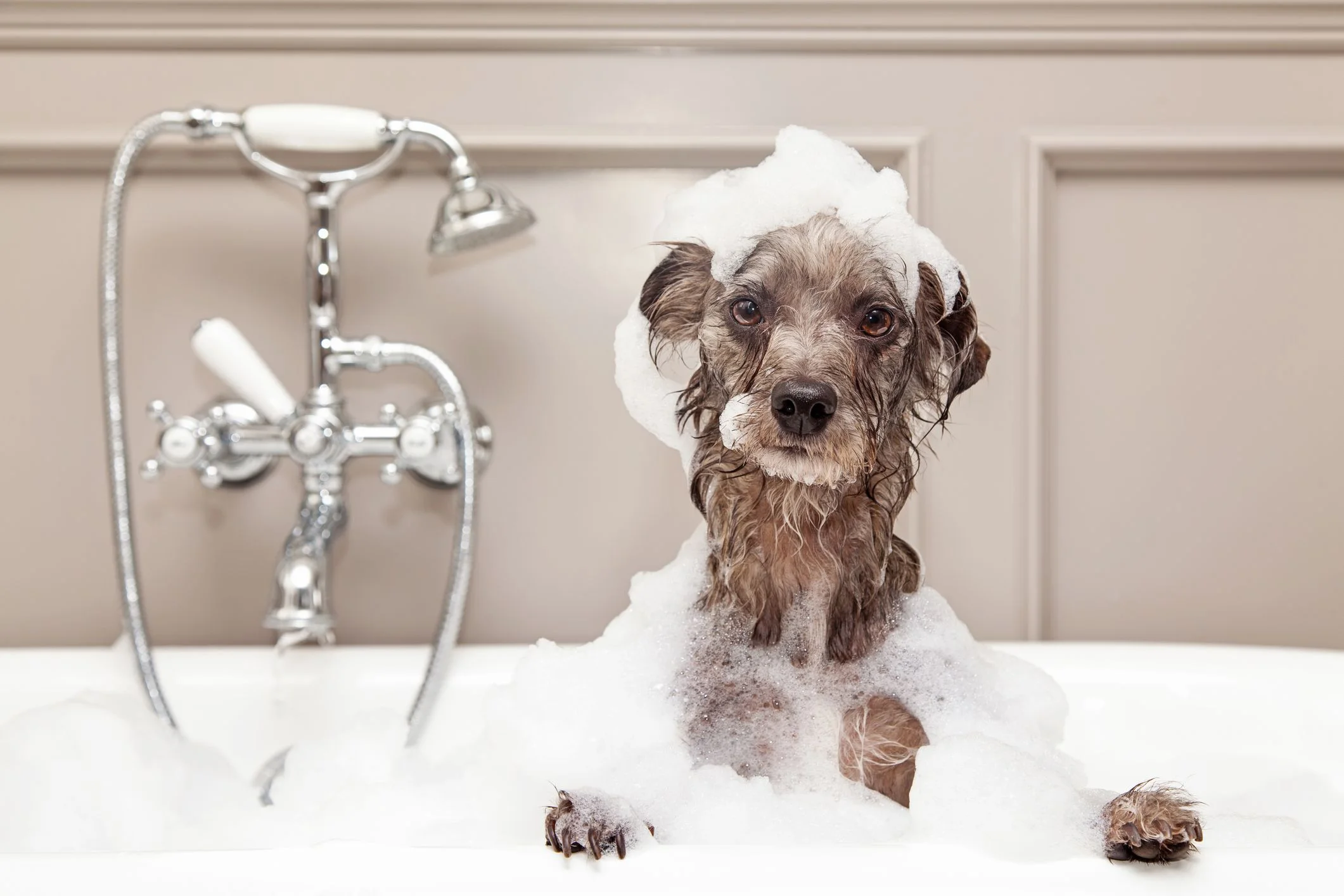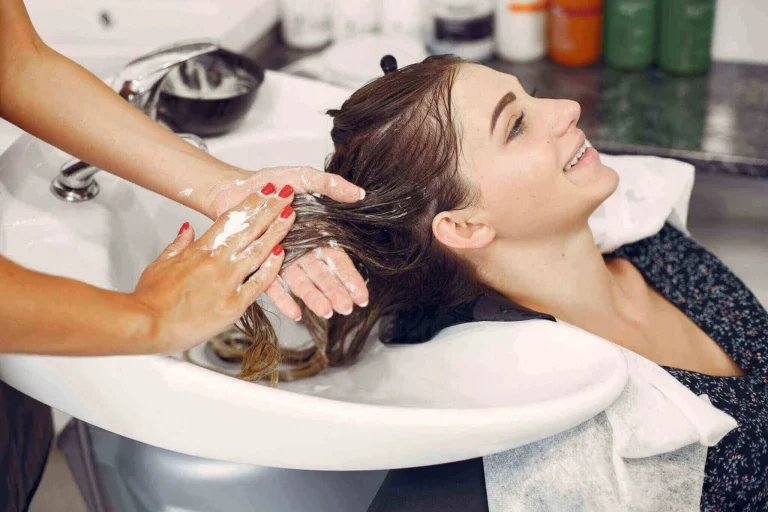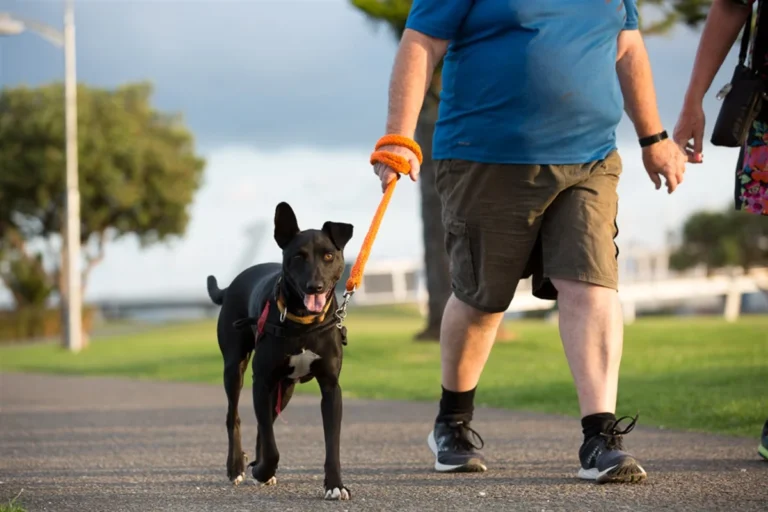Introduction : A Complete Guide to Maintaining Dog Hygiene
A Complete Guide to Maintaining Dog Hygiene: Keeping your furry friend clean and well-groomed is an essential part of responsible pet ownership. But how often should you bathe your dog? This question often sparks debate among pet owners, with opinions varying based on factors such as breed, coat type, and lifestyle. In this comprehensive guide, we’ll explore the factors to consider when determining the frequency of baths for your canine companion.
Table of Contents
Understanding Your Dog’s Coat
Coat Type Matters
Different dog breeds have varying coat types, ranging from short and smooth to long and fluffy. Understanding your dog’s coat type is key to determining how often they need to be bathed. Dogs with oily skin or dense undercoats may require more frequent baths to prevent matting and skin issues, while those with short, single-layered coats may need less frequent bathing.
Consider Your Dog’s Activities
Another important factor to consider is your dog’s lifestyle and activities. If your pup loves to romp around outdoors, roll in the mud, or swim in ponds and lakes, they may need more frequent baths to remove dirt, debris, and potential irritants from their coat. On the other hand, indoor dogs who spend most of their time lounging around the house may require fewer baths.
Signs Your Dog Needs a Bath : A Complete Guide to Maintaining Dog Hygiene
Foul Odor
If your dog starts to develop a noticeable odor, it may be time for a bath. Foul odors can be a sign of skin issues, coat buildup, or bacterial growth, all of which can be addressed with regular bathing and grooming.
Dirty or Matted Coat
Visible dirt, mud, or debris in your dog’s coat is a clear indication that they could benefit from a bath. Additionally, mats or tangles in the fur can trap dirt and moisture, leading to skin irritation and discomfort if left untreated.
Itchy or Irritated Skin
If your dog is scratching excessively or showing signs of skin irritation, a soothing bath with a gentle shampoo can help alleviate discomfort and remove potential irritants from their skin and coat.
How Often Should You Bathe Your Dog?
General Guidelines
As a general rule of thumb, most dogs benefit from a bath every 4-6 weeks. However, this timeline can vary based on individual factors such as breed, coat type, and lifestyle. It’s essential to monitor your dog’s coat and skin condition and adjust the bathing frequency as needed.
Special Circumstances
Certain situations may warrant more frequent bathing, such as:
- Treatment for skin conditions or infections prescribed by a veterinarian
- Exposure to allergens or irritants that require thorough cleaning
- Participating in activities that result in excessive dirt or debris accumulation
Conclusion : A Complete Guide to Maintaining Dog Hygiene
A Complete Guide to Maintaining Dog Hygiene: Maintaining proper hygiene is essential for keeping your dog healthy and happy. By understanding your dog’s coat type, lifestyle, and specific needs, you can determine the appropriate bathing frequency to keep them clean, comfortable, and smelling fresh.
FAQs : A Complete Guide to Maintaining Dog Hygiene
- Can I bathe my dog too often?
- While regular baths are important for maintaining hygiene, bathing your dog too frequently can strip their skin and coat of natural oils, leading to dryness and irritation. It’s best to follow your veterinarian’s recommendations and adjust bathing frequency based on your dog’s individual needs.
- What type of shampoo should I use for my dog?
- Look for a gentle, pH-balanced shampoo specifically formulated for dogs. Avoid using human shampoos or products containing harsh chemicals, as these can be irritating to your dog’s skin and coat.
- How can I make bath time more enjoyable for my dog?
- Make bath time a positive experience by using treats, praise, and plenty of patience. Gradually introduce your dog to the bathing process and offer reassurance throughout. Using warm water and speaking in a soothing tone can also help keep your dog calm and relaxed.
- Are there alternatives to traditional baths for dogs?
- Yes, there are alternatives to traditional baths, such as dry shampoos, waterless sprays, and grooming wipes. These products can be useful for spot cleaning or freshening up between baths, especially for dogs who dislike water or have mobility issues.
- Should I brush my dog before or after a bath?
- It’s generally recommended to brush your dog before a bath to remove loose hair, tangles, and mats. This can help prevent further tangling during the bathing process and ensure that the shampoo reaches the skin for a thorough clean.







